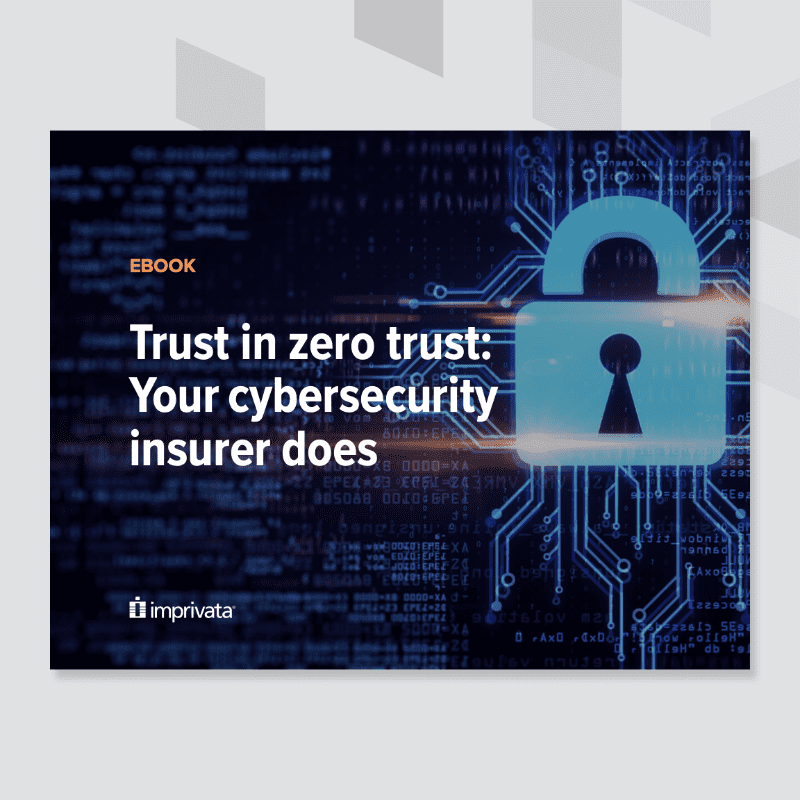Staving off March (security) madness: Digital identity management is your key defense strategy
I know you don’t really need reminding, but here it is anyway: the security of your organization needs to be top of mind. Always.
We find ourselves in March – the season of basketball “madness” – and it’s as good a time as any to make sure it’s the only “madness” we need to deal with. Basketball, good. Security breaches, bad, to state the obvious.
By October of 2021, total ransomware attacks has already passed 2020’s total – and there are no signs of that pace slowing down any, now, in 2022, or beyond. In fact, some reports estimate that 84% of US organizations experienced a phishing or ransomware attack in the last year. That’s a whole lot of us.
And while we can’t do much to stop those would-be bad actors, we can certainly prepare to meet those challenges head on and keep our organizations safe.
Some good news: People are concerned about hacking
A recent poll by Pearson/AP-NORC found that 90% of Americans are at least somewhat concerned about hacking. And, actually, most were “very” or “extremely” concerned. I’ve said this before – I’m not happy about there being a cause for concern, but I’m glad people are paying attention. And it’s more than just those of us in security and information technology roles, too!
It’s becoming increasingly obvious that security is everyone’s job. As Chuck Brooks put it in his recent Forbes article, MORE Alarming Cybersecurity Stats For 2021!, “securing our digital identities and data is everyone’s problem and it is a global one.”
So, let’s capitalize on this energy and focus, and make sure that users of technology know how to keep themselves – and the organizations they work for – safe and secure. Their knowledge and vigilance can make a huge difference. It can save us from dealing with more “madness.”
The importance of a comprehensive digital identity management solution
IBM’s Cost of a Data Breach Report 2021 found that compromised credentials caused the most breaches. What does that imply? That focusing on identity and access management – bolstered with some real-time analytics – can go a long way towards keeping your organizations safe. Safeguarding digital identities can help you keep data – and your customers, in whatever form that takes – secure.
Easier said than done, right? Especially since we’re all contending with an ever-expanding, ever-worsening threat landscape. But identity and access management (IAM) solutions can set you up for success, and help to keep your organization secure.
An IAM platform that combines single sign-on (SSO), identity governance, multifactor authentication, and privileged access management (PAM) can jumpstart your security practices. IAM is even the key to a robust zero-trust strategy, which has actually proven to reduce the costs associated with a data breach, should one occur.
And when you combine a strong IAM strategy with a robust risk analytics solution, you can protect your most important data and further augment your security posture.
A robust and usable IAM scheme will help keep attacks from succeeding, ultimately keeping your organization, your employees, and your customers safe and secure.
And while IAM can do a lot, one thing it can’t do is fix your bracket.

